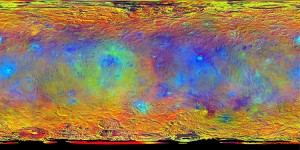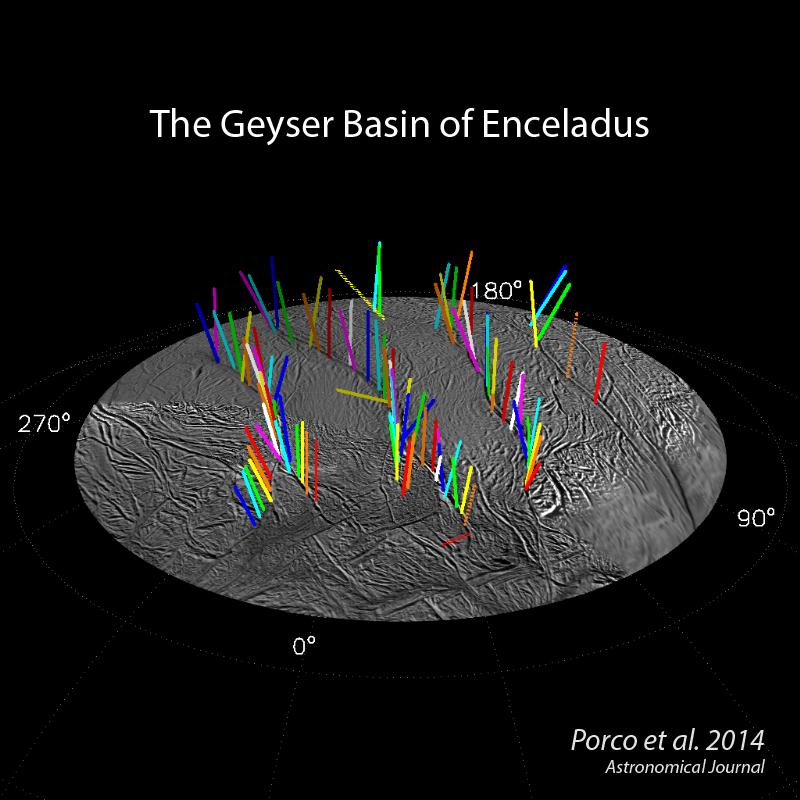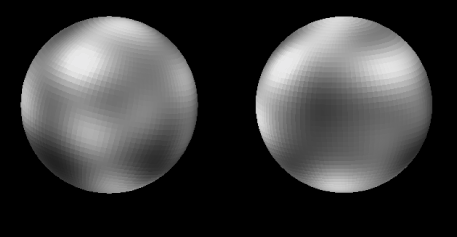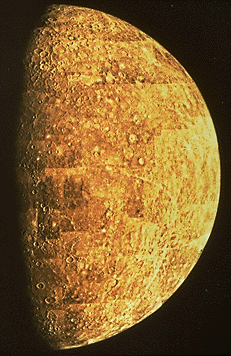Return to Earth’s Evil Twin
Monday, August 16th, 2021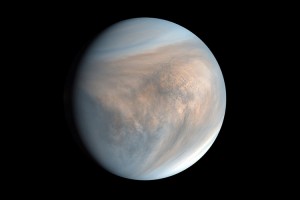
An image of Venus, made with data recorded by Japan’s Akatsuki spacecraft in 2016, shows swirling clouds in the planet’s atmosphere.
Credit: PLANET-C Project Team/JAXA
Venus is heating up—figuratively, that is. It has always been the hottest planet in the solar system, with surface temperatures of about 870 °F (465 °C). But new findings from the mysterious planet have been pouring in. Soon, a new generation of space probes will transform Venus from a sleepy solar system backwater to a bustling hub of scientific discovery.
Venus is the second planet from the sun. It is known as Earth’s “twin” because the two planets are so similar in size. The diameter of Venus is about 7,520 miles (12,100 kilometers). This diameter is about 400 miles (640 kilometers) smaller than that of Earth. No other planet comes nearer to Earth than does Venus. At its closest approach, it is about 23.7 million miles (38.2 million kilometers) away.
But Venus is better described as Earth’s evil twin, in respect to its withering conditions. In addition to the high temperatures, the atmospheric pressure is 90 times greater than that on Earth. Carbon dioxide makes up most of the atmosphere. The skies are strewn with clouds of sulfuric acid.
Scientists sent several probes to learn more about the planet in the 1960’s and 1970’s. But as space agencies learned of its inhospitable conditions, they concentrated their efforts elsewhere, particularly Mars. The last United States National Aeronautics and Space Administration (NASA) mission to study Venus, called Magellan, launched in 1990. Thus, scientists know relatively little about Venus, despite its close proximity to Earth and its similar size.
Despite the dearth of missions in recent years, planetary scientists continue to scan the planet with Earth-based instruments and reanalyze older data. They have returned surprising results.
Last year, a team of scientists announced that they had discovered a gas called phosphine in Venus’s atmosphere. Many living things on Earth produce phosphine; and scientists have not been able to identify any non-biological processes on Venus that might produce it. This raised the possibility that microbial life could exist in Venus’s atmosphere, where the conditions are much milder. But the discovery has been controversial. Other teams have failed to find any phosphine signature.
Last month, a team led by researchers at Queen’s University Belfast left the floating-Venusian-microbes idea high and dry. They found that Venus’s atmosphere does not contain enough water vapor to support life, irrespective of the presence of phosphine. The team determined that even the most extreme microbes on Earth require an environment with dozens of times more water than is available in Venus’s atmosphere.
Another recent study has shed light onto possible changing of Venus’s surface. Previously, Earth was the only rocky planet known to have a moving surface. A team lead by Paul Byrne, a professor at North Carolina State University, found evidence that parts of Venus’s surface might be slowly moving today. Earth’s crust slowly reshapes itself by a process called plate tectonics. Large pieces of the surface, called plates, subduct (sink) under one another, forming mountain ranges and other features. New crust forms along the ridges where the plates pull away from each other. In contrast, Byrne’s team found that pieces of Venus’s crust move like pack ice in polar oceans. Learning more about crust movement on Venus will help scientists understand how such processes develop on other planets, including Earth and exoplanets that might harbor life.
Last month, space agencies announced that not one, but three missions will be exploring Venus in the next 15 years. On June 2, NASA announced it is sending two mission to Venus. The missions were selected as part of part of NASA’s lower-cost Discovery Program. NASA expects to launch both missions between 2028 and 2030.
VERITAS (Venus Emissivity, Radio Science, InSAR, Topography, and Spectroscopy) will orbit the planet and map its surface with greater detail than ever before. It will allow scientists to better understand the planet’s features.
DAVINCI+ (Deep Atmosphere Venus Investigation of Noble gases, Chemistry, and Imaging) consists of a sphere that will plunge through Venus’s thick atmosphere, studying the atmosphere’s composition. The DAVINCI+ mission planners are seeking evidence of an ocean of water that might have covered Venus’s surface eons ago.
There are other players in the new Venus boom. Last year, American company Rocket Lab announced plans to launch a small probe to Venus as early as 2023. And on June 10, just over a week after NASA’s selection DAVINCI+ and VERITAS, the European Space Agency (ESA) announced that it would also be sending a probe Venus. The EnVision orbiter will search for signs of current and former tectonic activity and the presence of a past ocean. EnVision is scheduled to arrive at Venus in 2034 or 2035.
The desire to learn more about Venus is fed by more than just curiosity about our nearest neighbor. Astronomers are looking for signs of life on exoplanets. But Venus and Earth would look quite similar from light-years away. Learning more about Venus and how it evolved to become so different from Earth will help astronomers better weed out Venus-like exoplanets in their search for ones that are more like Earth.

